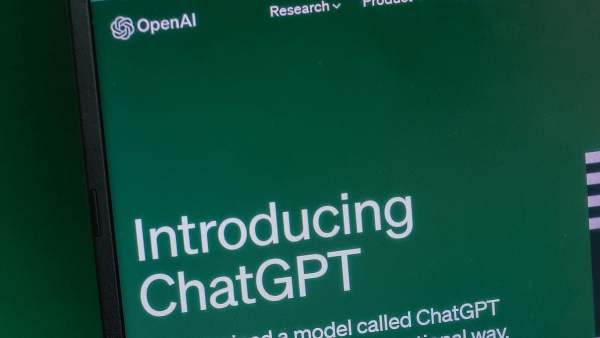
In a bold push beyond AI chats and code completion, OpenAI is reportedly working on new document collaboration features for ChatGPT—positioning itself as a serious contender to Google Docs and Microsoft Word. The upgrade could turn the popular chatbot into a business-friendly productivity suite, complete with live editing, in-chat teamwork, and potentially even file storage solutions.
OpenAI’s latest features could turn ChatGPT into the next big thing in cloud productivity
According to a report from The Information, OpenAI is designing tools that allow users to co-edit documents and hold real-time conversations within the ChatGPT interface. The goal is to make ChatGPT a workspace where brainstorming, drafting, and editing all happen in one AI-powered environment. Think Google Docs meets Slack—with AI at the centre of it all.
These new features would directly challenge web-based giants like Google Workspace and Microsoft 365, which currently dominate the cloud productivity market. But OpenAI isn’t exactly entering the race as an underdog. ChatGPT has already started to nibble away at Google’s core search traffic, as users increasingly turn to the chatbot for answers instead of traditional search engines.
The enterprise race is heating up too. ChatGPT Enterprise and ChatGPT Team—both tailored for business users—are seeing steady traction. Analysts suggest this could be eating into Microsoft’s Copilot AI market share, particularly among developers who access language models through APIs. In a sign of growing confidence, OpenAI recently offered subscription discounts and set a jaw-dropping revenue target: $15 billion from business subscriptions by 2030, up from $600 million in 2024.
While hints of collaborative tools first emerged a year ago, development took a back seat due to internal reshuffles and resource constraints. That changed in October when OpenAI introduced Canvas, a drafting environment powered by AI for documents and code. The success of Canvas reportedly revived interest in building a more robust, multi-user platform. If OpenAI’s collaboration tools land as expected, they could reshape how teams write, edit, and ideate—using AI not just as a helper, but as a co-creator.









